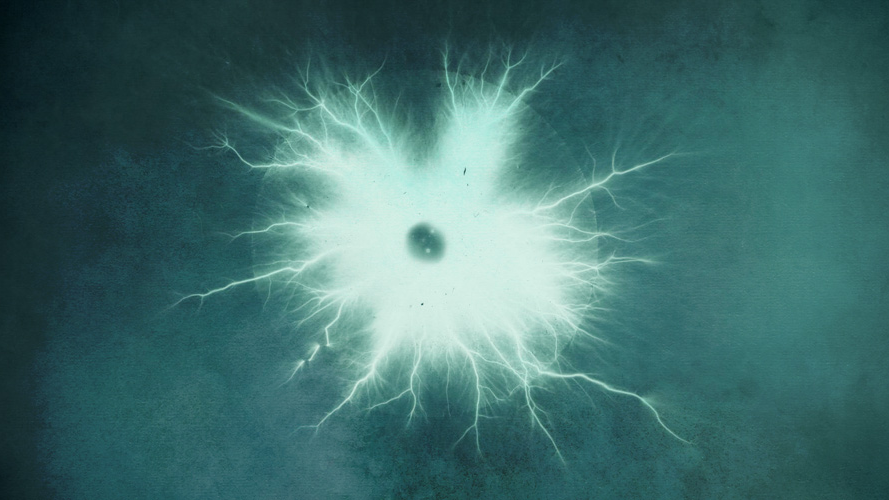

Frozen Light?! Scientists Create a New State of Matter
Scientists have achieved something that sounds out of a science fiction novel: they've essentially "frozen" light. But we're not talking about turning light into ice cubes. Instead, they've coaxed light into behaving as a supersolid – a state of matter that has properties of both a solid and a liquid at the same time. This groundbreaking discovery, recently published in the prestigious journal Nature, could have huge implications for everything from quantum computing to the way we build optical devices.
World is a Supersolid?
A supersolid is a truly weird state of matter. Imagine something that has a rigid, solid-like structure, but can also flow without any friction – like a superfluid. It's like having your cake and eating it too, in the quantum world!
Until now, scientists had only seen supersolidity in something called Bose-Einstein condensates (BECs). These are formed when you cool certain types of particles (bosons) down to almost absolute zero (that's really, really cold!). At these extreme temperatures, the particles all start acting in sync, occupying the same quantum state.
How They 'Froze' Light?
The research team, led by Antonio Gianfate from CNR Nanotec and Davide Nigro from the University of Pavia in Italy, didn't use traditional freezing methods (lowering the temperature). Instead, they used some clever quantum engineering to make light behave in this extraordinary way.
Here's how they did it:
As the researchers themselves put it, "At temperatures near absolute zero, quantum effects emerge. This is just the beginning of understanding supersolidity in light."
Why Does This Matter? The Future is Bright (and Supersolid)
This isn't just a cool physics experiment; it has real-world implications, particularly for the burgeoning field of quantum technology. Here's why:
A Quantum Leap Forward
The creation of supersolid light is a major scientific achievement, demonstrating the incredible power of quantum manipulation. While it's still early days, but this research paves the way for exciting advancements in quantum computing, optics, and our fundamental understanding of the universe. Expected future research will focus on refining these techniques to create even more stable and controllable forms of supersolid light.